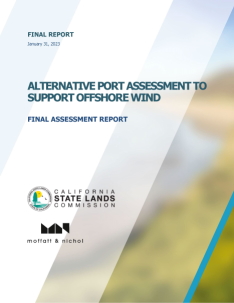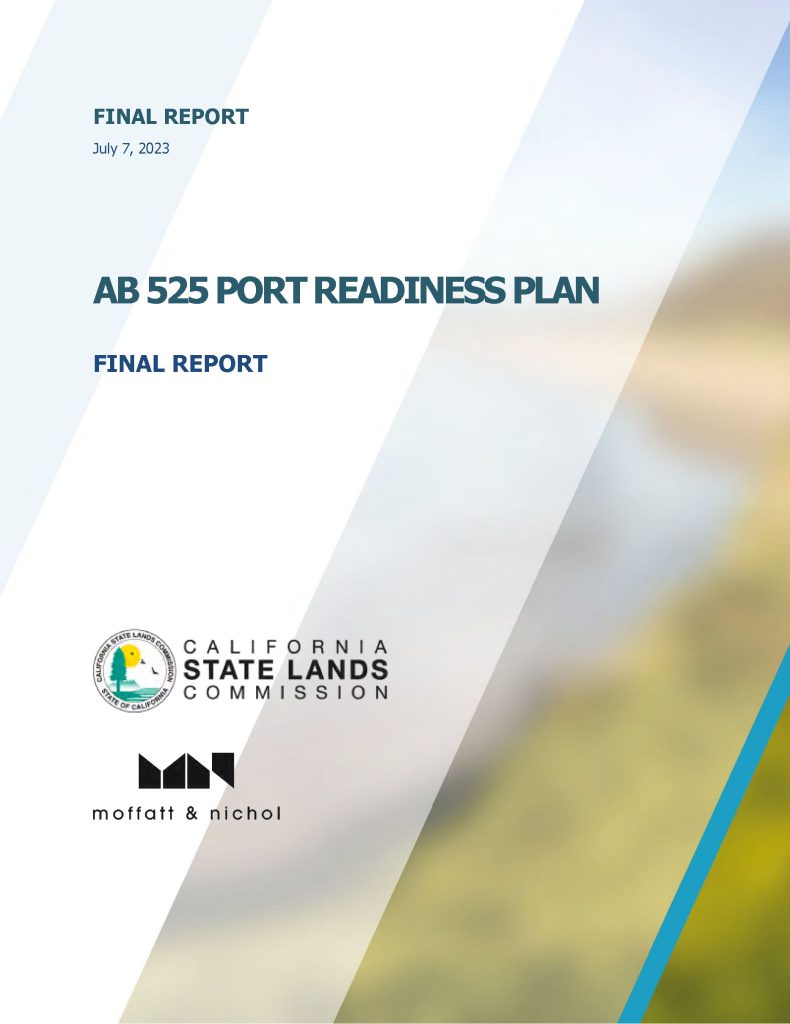The Commission deeply values collaboration. Collaborative leadership and inclusive partnerships are woven throughout our 2021-2025 Strategic Plan. Building strong relationships with the people we serve and our partners in government ensures that we are fulfilling our public land management duties. Collaboration is critically important to the protection and management of natural resources, the transition to renewable energy, achieving equity and environmental justice, and adapting to the challenges of climate change. Working together we can set higher goals and support each other to protect and preserve California’s public lands and natural resources.
Partnership Agencies
- Bureau of Land Management
- Coastal Commission
- Delta Protection Commission
- Department of Parks and Recreation
- Dredged Material Management Office
- Geologic Energy Management Division
- Lower American River Conservancy Program
- Natural Resources Agency
- Ocean Protection Council
- Office of Spill Prevention and Response
- Pacific Ballast Water Group
- San Francisco Bay Conservation and Development Commission
- San Joaquin River Conservancy
- Tahoe Regional Planning Agency
- West Coast Ocean Alliance
- Western Regional Panel on Aquatic Nuisance Species
- Wildlife Conservation Board
Collaborative Decision-Making
The three members of the Commission and executive staff are key decision-makers on other boards and commissions that have authorities related to the Commission’s work. These linkages result in strengthened and aligned decisions that reinforce the values of the Commission by reflecting similar and interconnected actions to protect and enhance public lands.
Our commissioners and executive staff hold leadership roles on the following:
Interagency staff collaborations
The following are interagency collaborations our staff participate in, along with some of their recent accomplishments in Aquaculture, Climate Change, Marine Spatial Planning, Renewable Energy, Mineral Resources, and Wetlands:
Aquaculture
- Statewide Aquaculture Leadership Team
Developing an Aquaculture Action Plan that will serve as a framework for growing an environmentally sustainable, economically viable, and socially equitable aquaculture industry. - The Offshore Aquaculture Leadership Team
Led by NOAA to facilitate communication and coordination on sustainable aquaculture development in federal and state waters off California’s coast. This group was initiated after Executive Order 13921 (2020) was issued to promote American seafood competitiveness and economic growth.
Climate Change
- Public Trust Coordination Project
A partnership with the California Coastal Commission focuses on understanding the science, policy, and legal dimensions of sea level rise and impacts to public trust lands. Agency staff signed a Memorandum of Understanding to memorialize our commitment to working together on these emerging challenges.
Learn more through this story map about what the public trust is and how it is impacted by sea level rise. - Interagency Resiliency Working Group
Led by the Office of Planning and Research, this group generates state climate change assessments, policy guidance documents, and adaptation strategies, including the 2021 Climate Change Adaptation Strategy and Extreme Heat Action Plan. - Sea Level Rise Leadership Team
The Ocean Protection Council leads an executive-level group that meets semi-annually and a staff-level working group that meets quarterly. The team created the Principles for Aligned State Action on Sea-Level Rise and the State Agency Sea-Level Rise Action Plan for California to align state and local efforts to address sea level rise. - California Natural Resources Agency Climate Leadership Coordination Group
Led by the California Natural Resources Agency’s Assistant Secretary for Climate Change, this Group is comprised of leadership representation from across California’s natural resources agencies. The Group facilitates the coordination of statewide priorities related to building climate resilience through informing the development of the California Climate Adaption Strategy, Natural and Working Lands Climate Smart Strategy, and other climate plans.
More information about the Commission’s climate adaptation and mitigation efforts, including deliverables from these working groups, action items staff are working toward, and updates on the Commission’s climate resilience work can be found on our Climate Change webpage.
Marine Spatial Planning
- Marine Protected Area Statewide Leadership Team
Brings together agencies, tribes, and Marine Protected Area (MPA) network supporters and volunteers to facilitate communication, collaboration, and coordination among participants in the adaptive management of the MPA Network. - The 2022 MPA Network Decadal Management Review is a synthesis of the last decade of management activities and the effectiveness of the MPA Network at meeting the goals of the Marine Life Protection Act.
- West Coast Ocean Alliance
The Alliance enhances management and coordination for the ocean along the west coast of the contiguous United States. The Commission and the Ocean Protection Council represent the state of California in the Alliance. The Alliance received $3.9 million from the Bipartisan Infrastructure Law to develop a strategic plan, fund initiatives, support collaboration, and grow its capacity.
Renewable Energy
- Offshore Wind Environmental Studies Group
Identifies and prioritizes potential environmental impacts related to offshore wind development to support future adaptive management plans. - Bureau of Ocean Energy Management California Intergovernmental Renewable Energy Task Force
Engages BOEM and state agencies to ensure responsible development of the two Wind Energy Areas off the coast of California. Please go to their California Activities webpage for more information about BOEM’s activities in California. - Along with other state agencies and tribal representatives, Commission staff participate in twice monthly meetings of a Tribal Working Group led by the California Energy Commission to discuss issues related to offshore wind policy in California.
- AB 525 Working Groups
- Sea Space and Permitting Subgroup
Worked to identify additional sea space that can be developed to meet our renewable energy goals. This group has contributed to a Permitting Roadmap, which the California Energy Commission published in May 2023, to help clarify and streamline future offshore wind development permitting processes. - Seaport, Economic, and Workforce Development Subgroup
Led by Commission staff and produced three reports assessing California’s ports and workforce as they relate to offshore wind development in California.
- Sea Space and Permitting Subgroup
Mineral Resources
- Lithium Valley Land Use and Development Technical Advisory Group
Staff participates to provide feedback for the Lithium Valley Specific Plan and Programmatic Environmental Impact Report. The Lithium Valley Specific Plan and Pre-Environmental Investigation Report is intended to map out and expedite the development and permitting of additional power plants, mineral recovery, lithium battery manufacturing, renewable hydrogen production, and other renewable industries within an approximately 51,786-acre area adjacent to the Salton Sea.
Wetlands
- Directors Group - Southern California Wetlands Recovery Project
The Commission is a member of the Southern California Wetlands Recovery Project, a coalition that works together to protect and restore Southern California’s coastal resources.




